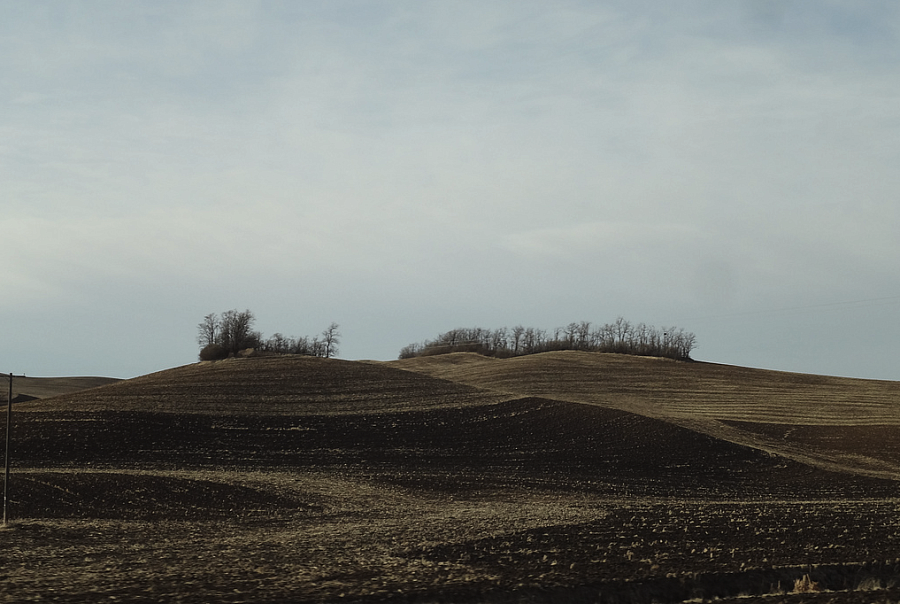Just One Breath: CDC matches genes to make valley fever history

Valley fever has been found in the soil of Eastern Washington.
Read the first post in this series on the science behind valley fever here.
If you are careful enough – and lucky enough – to isolate DNA from dirt, it only gets more difficult from there.
In its quest to find out whether the valley fever fungus had spread to Washington state, the U.S. Centers for Disease Control and Prevention worked with the Washington State Department of Health and the Benton-Franklin Health District to tease out DNA from the Coccidioides fungus. When someone breathes its spores, the fungus can take root in the lungs, spread throughout the body, and cause painful, sometimes fatal, sores, breathing problems and fatigue.
In the past, when cocci fungus DNA has been found in soil, researchers have had to inject the soil into lab mice to generate enough DNA to sequence the entire genome. The CDC found a way to skip this step.
“Our team made some special culture media so the cocci would grow,” Mary Brandt, chief of the Mycotic Diseases Branch at the CDC, told me. “Of course, this finding is very important because it tells us that we have intact living organisms that can make infectious spores, and not just random DNA or dead organisms.”
Scientists grew the cocci fungus from four of the six samples they sifted from the soil, and they generated enough DNA to then sequence the whole genome. This allowed researchers to recreate the full genetic code for the valley fever fungus. (For you DNA fans, the sequence contains nearly 30 million nucleotides.)
The sequencing work was done by Translational Genomics Research Institute (TGen) in its labs. Once the genome was sequenced, the CDC set about matching the DNA to the fungal DNA found in one of the eastern Washington patients who had contracted valley fever. The genotypes were identical.
This was important for two reasons: It provided new direct evidence that the infections were acquired in Washington. And it showed that the valley fever fungus lives far outside its recognized endemic area of the Southwest.
"We used to just think that valley fever sort of stopped about halfway up the state of California," Brandt said. "Now we're not sure what to think. Why is it spreading this far north?"
We have known about the cocci fungus for longer than we’ve known about gene sequencing, but researchers have rarely used DNA tests to detect the fungus in soil outside its known endemic area before.
That’s because it’s hard, painstaking work. In 2001, some researchers became infected with valley fever after working on an archeological dig at Dinosaur National Monument in Utah. Microbiologists Suzanne M. Johnson, Demosthenes Pappagianis and colleagues started trying to trace those infections to the fungus in the dirt. It took until this year for that team to track down the DNA and publish the findings. They used the mouse-injection method for that work.
Brandt told me that new tests developed by TGen made the CDC’s work faster and more efficient. Earlier methods were too prone to contamination and not specific enough to detect the fungus. If the CDC had used any of the other soil fungus tests, it could have registered a false-positive result.
As you can see, though, even with this newer method, the work is time- and resource-intensive. But the potential for finding valley fever’s true sphere of operation is huge. It would start with state health departments or universities collecting soil samples – like Washington state did – and sending them to the CDC. In just a few years, we could have a much more complete map of valley fever’s true geographic range.
Why does this matter? Washington State University fungus expert Jack Rogers summed it up for The Spokesman-Review:
Because valley fever is hard to detect and often misdiagnosed by physicians who are not acquainted with it, it’s important to know where cocci’s range is expanding.
If valley fever lives in eastern Washington, there’s no doubt that it lives far outside of central California and Arizona. It’s likely to show up in Oregon, Wyoming, Colorado and beyond.
And the fact that the CDC was able to link the fungus in the ground to specific fungal infections is a huge step forward.
"What's important about this is that now we're able to tie the soil to the patient and say, ‘Yes indeed, this appears to be the place where the patient got infected,’” Brandt said. "If we can figure out where the organism is in the environment, we can figure out how to have people avoid it. In the broader sense, it lets the physicians in that area of Washington know that they need to be thinking of valley fever when they see patients."
The great news is that word is getting out. The Oregon Department of Human Services has already sent soil samples to CDC to test for the fungus using the same methods that identified the fungus in eastern Washington.
Cropped photo by Paul Sableman via Flickr.
Related posts
Just One Breath: Why valley fever in Washington is cause for concern

